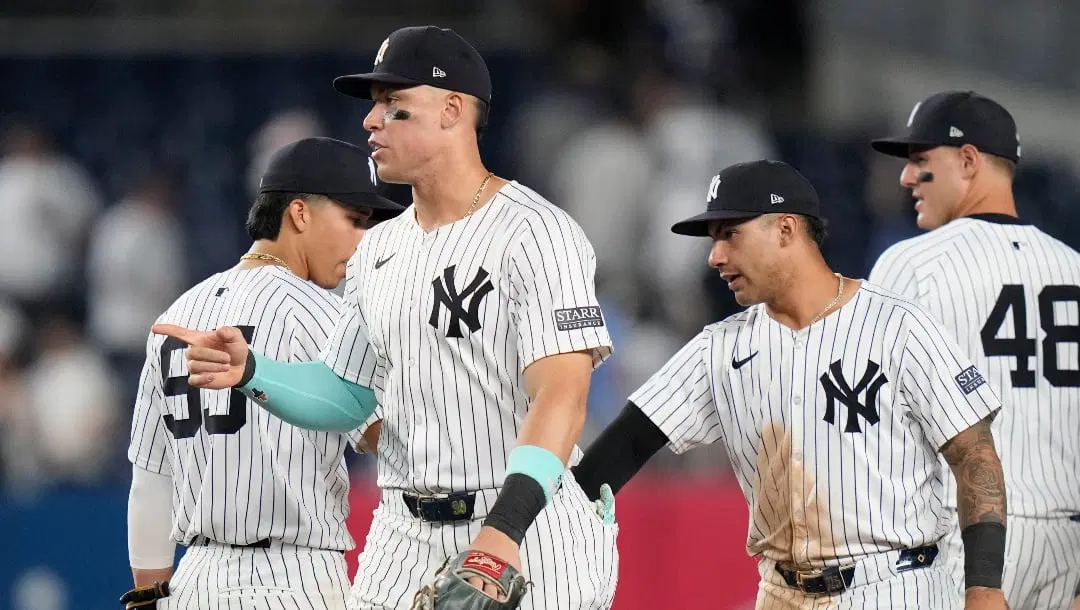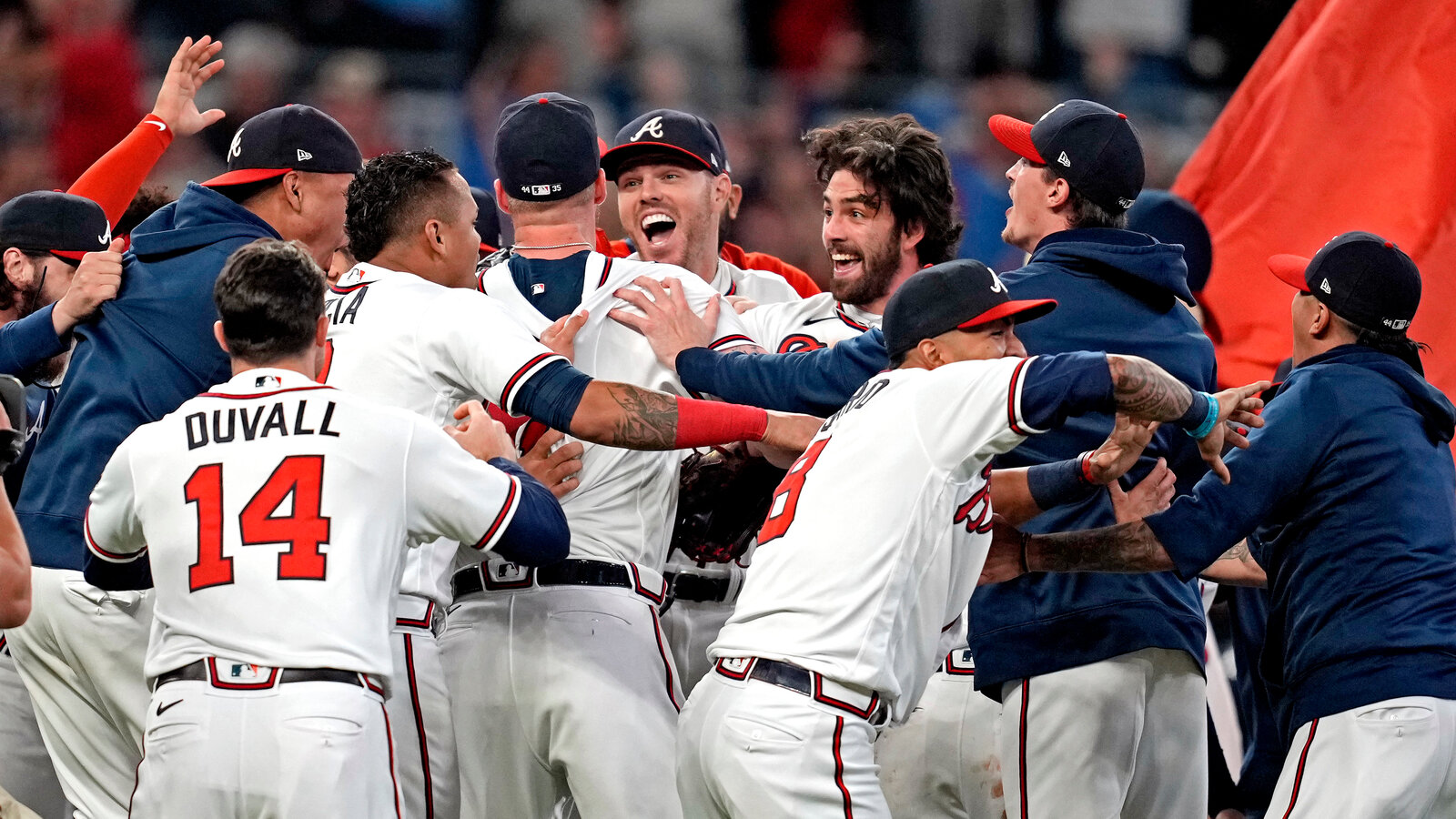For most of the 2025 season, the New York Yankees have played with the swagger of a team built to win now. They’ve had comeback wins, dramatic homers, and flashes of dominance that scream postseason potential. But on Saturday afternoon in the Bronx, all that confidence ran into a harsh dose of reality.
The offense did its job. Even without shortstop Anthony Volpe and second baseman Jazz Chisholm in the lineup, the Yankees still managed to plate seven runs against their archrivals, the Boston Red Sox. Most days, that’s more than enough.
But this time, the pitching failed — and it failed fast.
Yarbrough Unravels Under Pressure
Ryan Yarbrough, the soft-throwing lefty who had quietly become one of the Yankees’ more reliable arms, took the mound with a chance to further solidify his role in the starting rotation. Instead, he delivered a disaster.
From the very beginning, the Red Sox looked locked in. Line drives started falling, bloop singles found grass, and every missed location seemed to come back to bite. By the end of the fourth inning, Yarbrough had allowed eight earned runs on nine hits, and manager Aaron Boone had no choice but to pull him after just 67 pitches.

It wasn’t just that he gave up runs — it was how he did it. There was no swing-and-miss magic, no big strikeouts to escape a jam. Just steady, painful contact — and none of it soft enough to survive.
For a pitcher like Yarbrough, whose fastball clocks in at a modest 87.5 mph — ranking in the 1st percentile in Major League Baseball — location is everything. When he’s precise, he’s a magician. When he’s not, the illusion collapses.
And on Saturday, it collapsed hard.
Signs of Trouble Were Always There
To be fair, Yarbrough has outperformed expectations all year. His ERA had hovered in respectable territory, and advanced metrics showed promising signs: opponents had been averaging just 84.1 mph exit velocity against him — one of the best marks in baseball — and he ranked in the 95th percentile in barrel rate and 97th percentile in hard-hit rate.
In simpler terms: hitters weren’t squaring him up. Until now.
The numbers painted a pitcher walking a fine line. Saturday’s performance felt less like a fluke and more like a delayed consequence — a reminder that soft contact and smart pitch sequencing only go so far when velocity is lacking and command slips.
Boone’s Dilemma, Cashman’s Deadline
After the game, Boone kept his usual even tone, offering support for Yarbrough and praising the offense for keeping things close. But make no mistake — the message between the lines was clear: this rotation has real issues, and the team can’t afford to ignore them.
Yarbrough’s implosion puts even more pressure on a staff that’s already dealing with uncertainty. Luis Gil is expected back soon from a lat strain, but no one knows whether he’ll return with ace-level command or rust. Clarke Schmidt has alternated between brilliance and erratic starts. Will Warren has shown glimpses of potential but hasn’t established consistency.
In short, Yarbrough was supposed to be one of the steady hands — now even that’s in doubt.
General Manager Brian Cashman faces a familiar situation as the July trade deadline looms: patching together a rotation on the fly, balancing prospect capital with immediate needs. The Yankees don’t just need a warm body. They need a dependable, innings-eating arm who can take the ball every fifth day without blowing up the bullpen or sabotaging the lineup’s hard work.
A Window Worth Fighting For
Despite the loss, the Yankees remain in a strong position in the AL East. Their offense, bolstered by Aaron Judge’s power, Juan Soto’s consistency, and a deep supporting cast, is built to contend. Their bullpen, when not overtaxed, has been sharp.
But rotations win in October. And right now, the Yankees don’t have one built for October.
Saturday wasn’t just a bump in the road — it was a spotlight on a weakness that can’t be ignored any longer. For weeks, the front office may have hoped that internal reinforcements would be enough. Now, the truth is unavoidable:
If the Yankees want to chase a title in 2025, help is not optional. It’s urgent.



